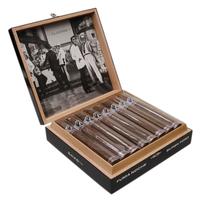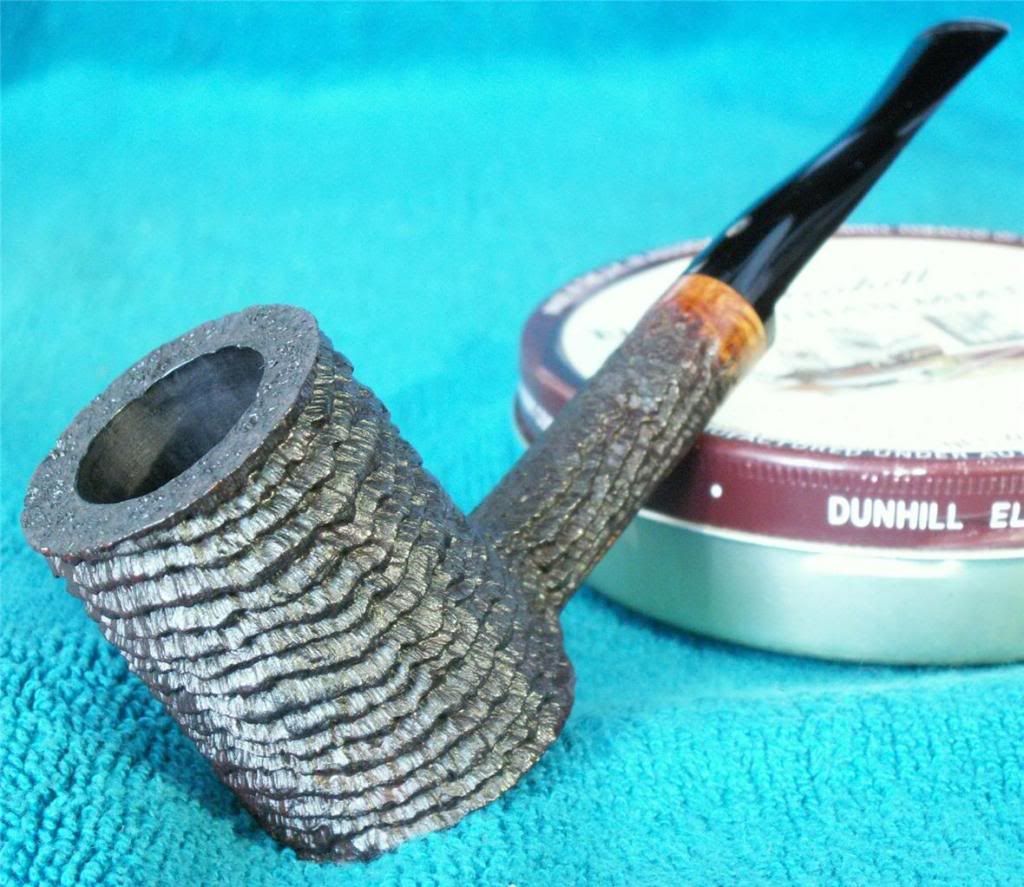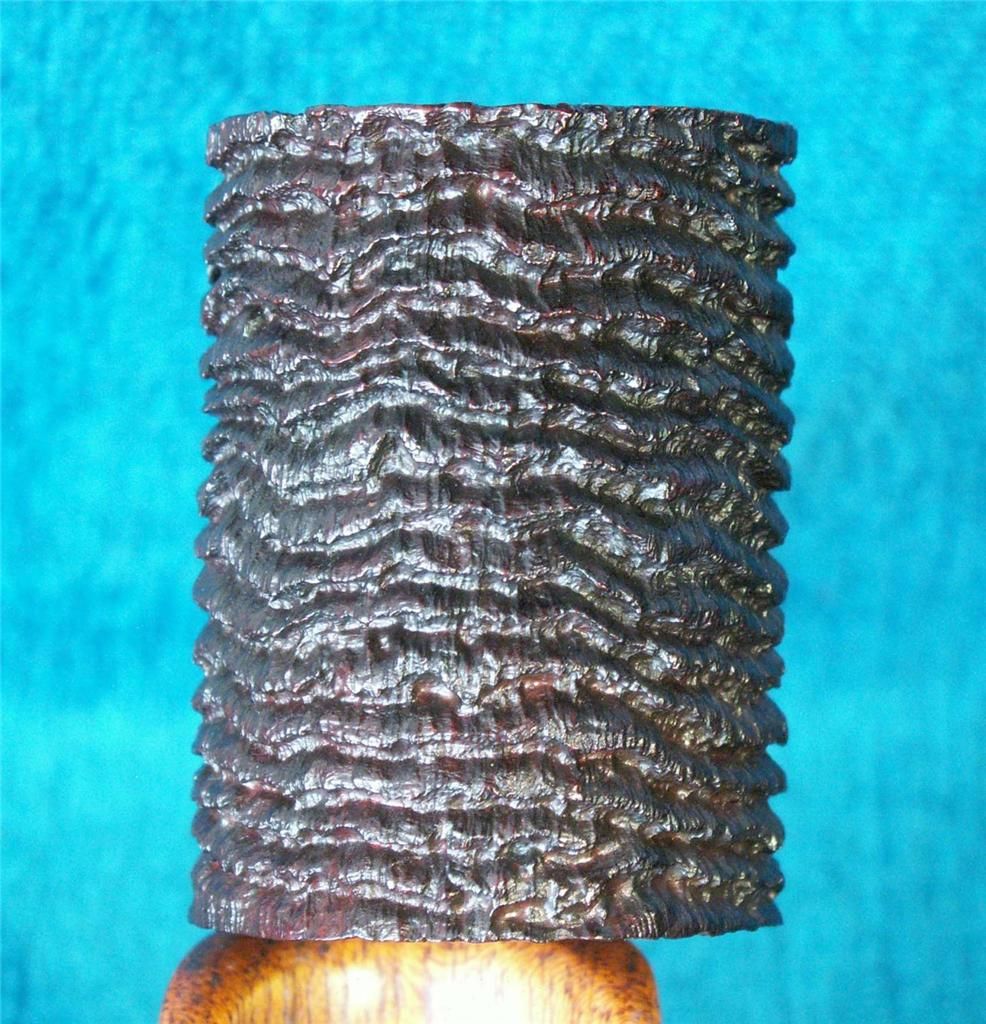After doing some searches on pipe maker Andrew Marks, I came across this discussion group in which Marks, Bob Swanson and others talk about the difference between "sand carving" and sand blasting. I didn't know this, but apparently some makers like Cooke use a small, pencil-sized blaster to carve out the grain on a pipe, producing very regular and deep "blasts."
http://www.naspc.org/Archives/pipemakerop.html
Andrew Marks. Bob, I notice that you do a lot of sand blasting. What do you think about the differences between sand blasting and sand carving. Tell me about this. There are several new sand carvers now. Why do you think that no one acknowledges that they are sand carving pipes and rather insist that they are sand blasting?
Bob Swanson. Andrew, I am not sure why no one has claimed this art as their "art." And it is truly an art.
[...]
Sand carving is distinctly unique from sand blasting. [...]
and carving allows the pipe maker to determine what the finished product will look like without "having to" follow the wood grain as the pattern he wants to create. A pipe maker carves deeper and deeper into the briar surface, letting the sand carve and remove wood to the pattern he sees or wants to create, not necessarily following the natural grain. This is the difference that distinguishes sand carving from sand blasting.
Sand blasting is done with a gun and an orifice the size of the end of an average pen. Sand carving is done with a "pencil blaster," with an orifice the size of the point of a pen. The larger gun is used first in most cases with sand carving in order to see the grain pattern revealed; then the pencil blaster is used. Again, the large gun takes minutes, while the pencil blaster takes hours. Sand volume, the medium used and gun pressures are dramatically different with each gun used and with each pipe maker.
http://www.naspc.org/Archives/pipemakerop.html










